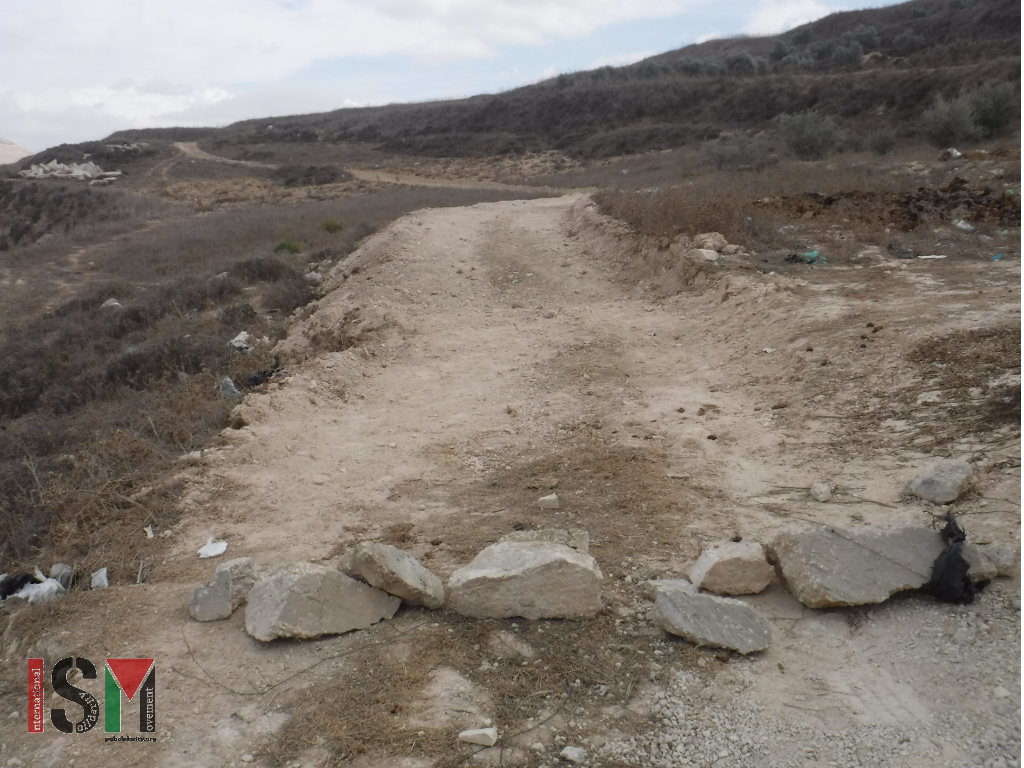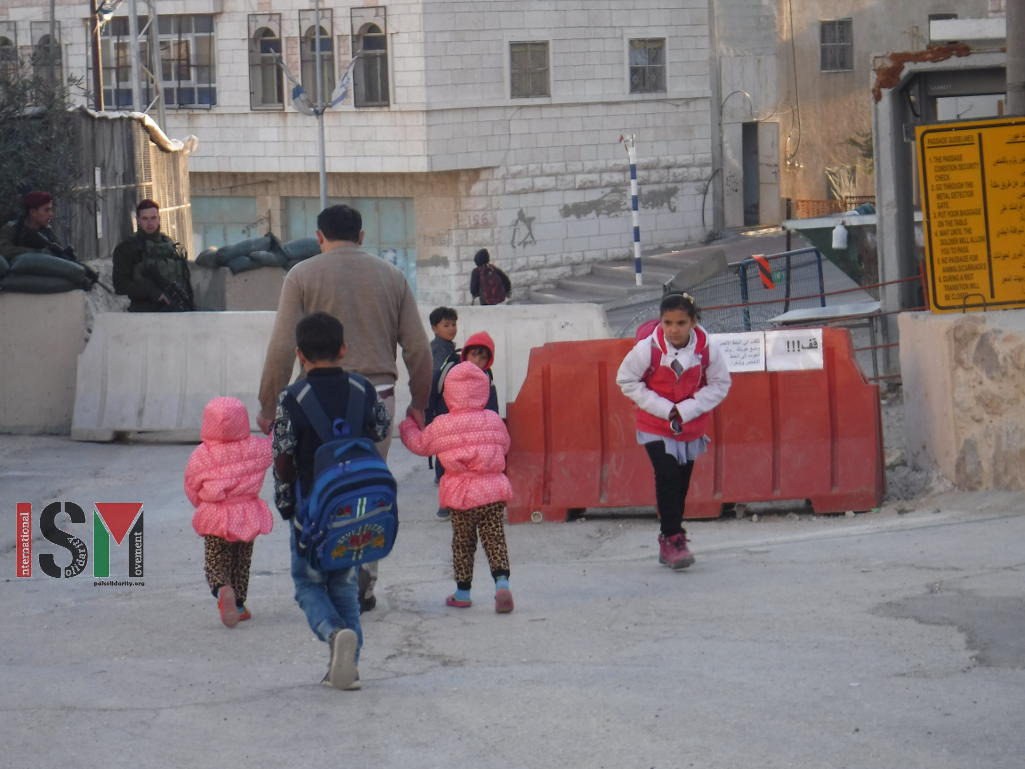Tag: Settlement
-
After a good day comes a bad day
8th December 2016 | International Solidarity Movement, al-Khalil team | Hebron, occupied Palestine On 7th December 2016, Israeli forces at Shuhada checkpoint in occupied al-Khalil (Hebron) detained a group of teachers from nearby Qurtuba school, and then in collective punishment closed the checkpoint to everyone. Just after the teachers were finally allowed to reach their…
-
Assira, surrounded on all sides
Assira al Quiblya is a West Bank village up on a hill between Huwwara and Nablus. But unfortunately, it is not sufficiently uphill enough to be free and safe from the Yitzhar settlement. This settlement, one of the most active in assaults, makes life more and more difficult for the Palestinian inhabitants. For many years…
-
Children: marvelous examples that life must go on whatever happens
29th November 2016 | International Solidarity Movement, al-Khalil team | Hebron, occupied Palestine Children: marvelous examples that life must go on whatever happens, even if their growing up is influenced by negative experiences with settlers, soldiers, torture, humiliations… We experienced this in the two days of the Jewish festival of “Chaye Sara” in occupied al-Khalil…



